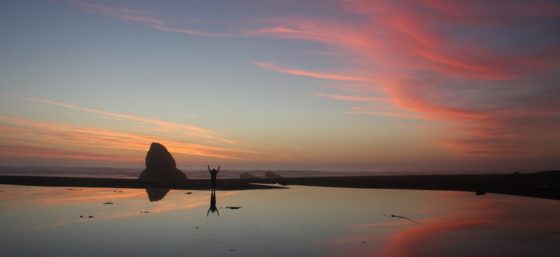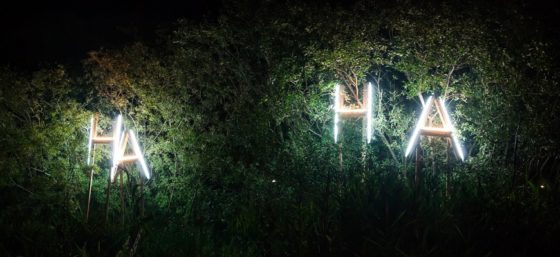
Earlier this year, Getty Images was sued for $1 billion (yes, that’s billion) by photographer Carol Highsmith.
Getty Images had sent Highsmith a letter and a bill, claiming that she was using one of their images without buying the requisite license. (Getty’s known for doing this.) It turns out Getty sent her a bill for using an image that she had taken herself. In fact, Getty was selling licenses for thousands of her images. Highsmith responded by suing Getty for $1 billion for violating her rights under the Federal Copyright Act and state level laws related to licensing.
Highsmith donated over eighteen thousand images to the Library of Congress and made available to others to copy and display for free starting in 1988. Her claims were based on the fact that Getty used her work without attribution and added their own watermark. In my previous post about this case, you can see the math that shows that $1B is a reasonable amount to request for damages given the number of photos in question.
I previously wrote that this will be a fun case to watch, assuming it goes to trial and doesn’t end a settlement with a non-disclosure agreement. But alas, it wasn’t meant to be.
The Court granted Getty and the other Defendants’ Motion to Dismiss the federal claims, leaving on the state-level claims in the case. The Parties apparently came to an agreement amongst themselves, with a non-disclosure provision, and stipulated to having the remaining claims dismissed with prejudice (meaning Highsmith can’t file this lawsuit again for these claims). The dismissal also directs each side to be responsible for their own attorneys’ fees and costs.
Judge Rakoff wrote that he will release a memorandum explaining his ruling “in due course.” I expect it will be an interesting read.
I feel for Highsmith. Not only did she feel like her rights were violated, but the Court disagreed with her and told her she had to pay her attorneys’ fees. That’s the risk a person runs when they pursue a lawsuit – the Court could say you’re wrong, and you had to pay possibly thousands or tens of thousands of dollars to get that answer.
So what does this mean for future cases that are similar to this? It’s hard to say, though it appears that the fact that Highsmith made her work available for public use impacted her argument that she had rights in the images in question. I don’t expect this to effect artists who retain their copyright rights and make their work available for free through Creative Commons and similar means. (Thank you to all the artists who do this. I am forever grateful for your generosity.)
There are a lot of issues that come into play surrounding photography, image rights, and copyright. If you want to chat more about these topics, you can contact me directly or connect with me on Twitter, Facebook, YouTube, or LinkedIn. You can also get access to more exclusive content that is available only to people on my mailing list, by subscribing here.
